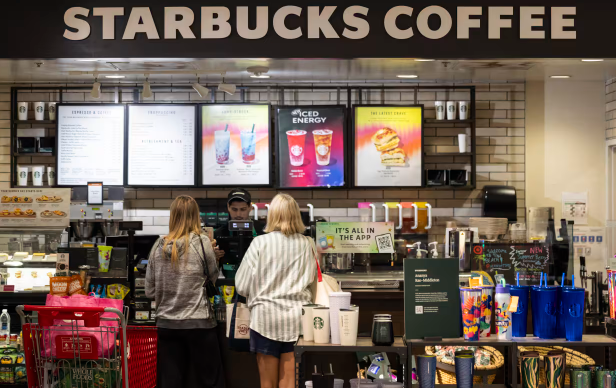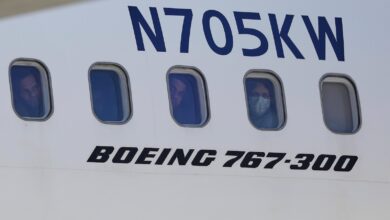Starbucks Trades ‘Cozy’ Vibes for Drive-Thrus and Combo Meals: Customers Long for the Past as Sales Decline

Starbucks has undergone a significant transformation, shifting its focus from cozy, community-centric cafes to drive-thrus and combo meals. This strategic pivot was aimed at catering to the fast-paced lifestyles of modern customers. However, as sales decline, many loyal patrons express nostalgia for the Starbucks of old.
The coffee giant, known for its inviting ambiance and “third place” philosophy, has increasingly prioritized convenience and speed. This change is evident in the proliferation of drive-thru locations and the introduction of meal deals designed to attract busy commuters and on-the-go customers. While this strategy aimed to boost sales and adapt to changing consumer habits, it has not resonated with everyone.
Longtime customers lament the loss of the warm, welcoming atmosphere that once defined Starbucks. “I used to love spending hours here, enjoying my coffee and working,” says Lisa Thompson, a frequent visitor. “Now, it feels more like a fast-food joint than a coffee shop.”
Sales figures reflect this discontent. Despite the convenience-focused changes, Starbucks has reported a dip in revenue, signaling that the new approach may not be as effective as hoped. Analysts suggest that while drive-thrus and quick-service options appeal to a segment of the market, they may alienate the core customer base that valued the traditional Starbucks experience.
In response to the sales slump, Starbucks executives are re-evaluating their strategy. CEO Laxman Narasimhan acknowledged the challenges in a recent earnings call. “We understand that some of our customers miss the old Starbucks experience,” he said. “We’re committed to finding a balance that meets the needs of all our patrons.”
The shift towards drive-thrus and combo meals was partly driven by the COVID-19 pandemic, which accelerated the demand for contactless service and takeaway options. However, as the world gradually returns to normalcy, the importance of in-store experience is re-emerging.
Some Starbucks locations have already begun experimenting with bringing back elements of the cozy atmosphere. This includes reintroducing comfortable seating, enhancing store decor, and hosting community events. The goal is to create a hybrid model that offers both the convenience of modern services and the charm of traditional cafes.
Customers like John Ramirez are hopeful for this change. “I miss the days when Starbucks was a place to relax and unwind. I think they can find a way to offer both convenience and a great in-store experience,” he said.
As Starbucks navigates these challenges, the company faces the delicate task of reconciling its new, fast-paced model with the nostalgic appeal of its roots. The coming months will be crucial in determining whether Starbucks can successfully merge these two worlds and regain the loyalty of its diverse customer base.





